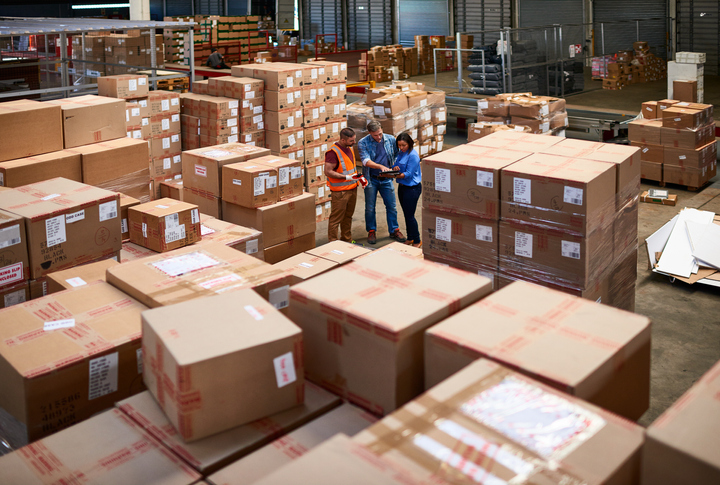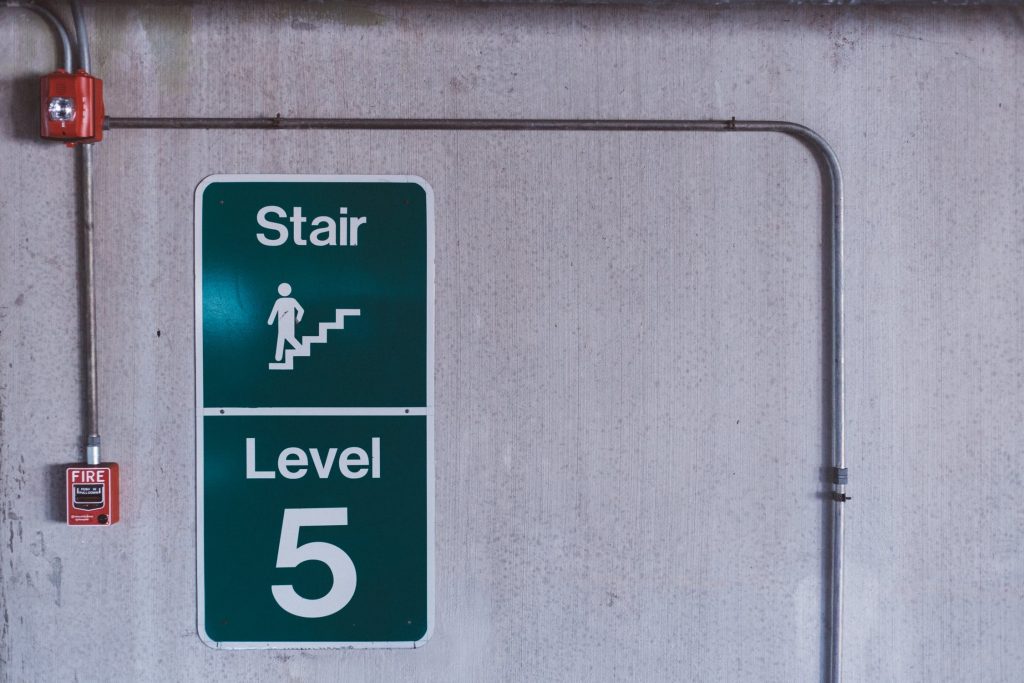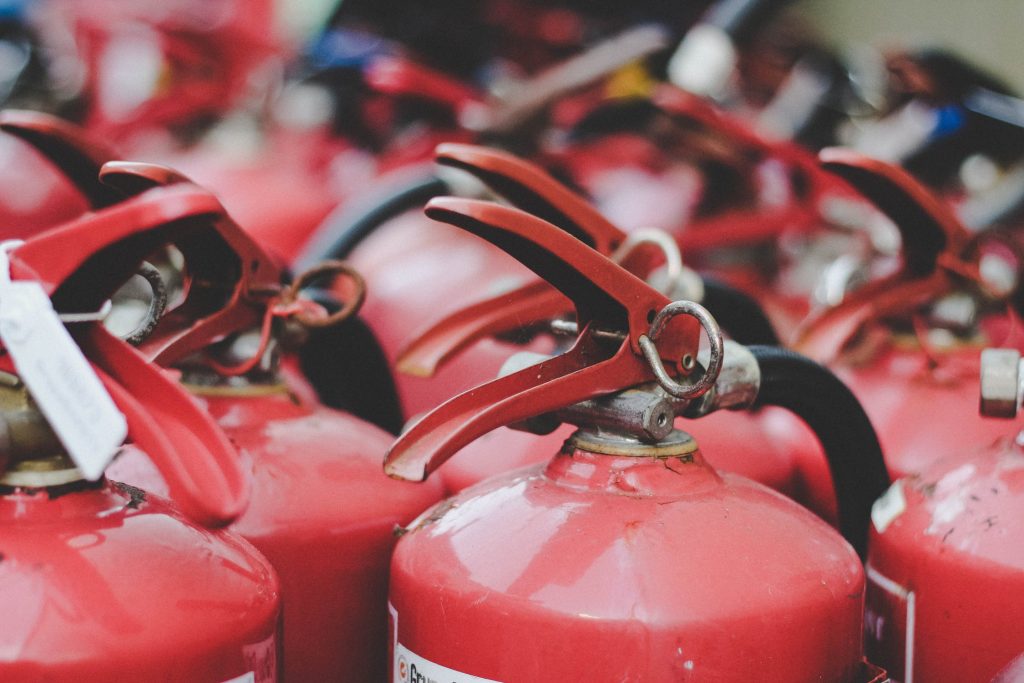The tragic events of 14 June 2017, when a fire broke out in the Grenfell Tower residential accommodation block, illustrated the devastating effects of poor fire safety management.
Following the disaster, employers, landlords and property owners are rightfully concerned that they are fulfilling their duty of care and doing all they can to protect themselves and those they are responsible for from the risk of fire.
If you’re unsure where to start when it comes to fire safety measures, here’s what we advise.
Fire Risk Assessment
A suitable and sufficient Fire Risk Assessment is an essential first step to effective fire prevention. This will need to be completed by a competent person who is familiar with the type of building and the activities that are carried out.
If you already have a Fire Risk Assessment in place, ensure that any actions raised have been addressed and that the control measures listed in the assessment are being carried out (and that they are recorded).
If you don’t have a Fire Risk Assessment, this is something that we at Ellis Whittam may be able to support you with. For more information, call 0345 226 8393.
Compartmentation
As the Fire Risk Assessment will consider how fire will spread, particularly where this will affect how people will escape, Fire Risk Assessments must consider the use of compartmentation.
This is where a larger building is broken down into separate compartments, each with fire-retardant materials around it, to prevent fire and smoke escaping into an adjacent compartment.
Fire stopping
Compartmentation might also form a major part of the fire strategy for the building, especially for larger and more complex structures. As such, maintaining the integrity of the fire compartments is vital as they are designed to delay the spread of fire and thus give people enough time to escape. Consequently, it is essential that any breaches in fire compartmentation are identified and then filled in or ‘fire stopped’.
Fire stopping is best defined as the sealing of any openings to prevent fire (including smoke and heat) from passing through multiple building compartments. The spread of a fire is contained by creating fire-resistant compartments, which subdivide the building (vertically or horizontally).
Space around pipework would be an example of where a fire compartment has been breached. In the event of a fire, smoke and heat would flow through this void into the next compartment and thus speed up the spread of fire. Spaces like this need to be filled in by a competent contractor so that cables and pipes that pass through a floor are ‘fire stopped’. This will prevent the void being used a route for the spread of fire and smoke.
Should your Fire Risk assessment identify any areas where fire compartmentation is compromised, you will need to contact a competent contractor to identify areas of concern, fill them in with suitable fire-retardant materials, and then label and record this process.
It’s important to note at that very often breaches in fire compartmentation are found in out-of-the-way and hard-to-reach areas, such as in plant rooms and in roof and ceiling voids, thus it is essential that your property is surveyed by a competent and professional contractor that will carry out a thorough investigation.
8 areas that are essential to effective fire management
The management of fire compartments is part of a wider fire strategy. Listed below are some other aspects of a fire plan that should be considered:
1. Evacuation plan
Every building will need some form of evacuation plan that sets out what to do if someone either discovers a fire or hears the fire alarm. It is a good idea to work through this to check that it is up to date and that it covers the possible situations that could occur. This plan will need to be communicated to everyone – with some staff, such as Fire Wardens, receiving additional instruction. The plan will also need to be set out in the Fire Action Notices that should be displayed throughout your building.
2. Sources of ignition
Potential sources of ignition must be removed or reduced as far as possible. This is why it’s important that fixed wiring is inspected and tested at appropriate intervals by a competent person and Portable Appliance Testing is carried out. You should also consider any other potential sources of ignition, such as cooking and heating, and how these activities can be managed safely.
3. Sources of fuel
In order for a fire to develop, it needs a source of fuel, so ensuring that rubbish and other potential sources of fuel are kept to a minimum is vital. This is particularly crucial when the sources of fuel could compromise an escape route

4. Methods of controlling a fire
Should a fire break out, it is essential that its spread is restricted to give people as much time as possible to escape. Fire doors should be on closers and these should be kept closed. You should also ensure that the fire can’t spread from room to room via gaps in the fire compartment caused by such things as pipes and cables. The gap should be filled in with fire-stopping material.
5. Means of raising the alarm
There should be a suitable method for raising the alarm within the building and this will need to be tested at regular intervals. This can be done during a weekly call point test. The method for calling the Fire Brigade will also need to be checked and confirmed so that should a fire occur, everyone knows what to do.
6. Means of escape
The building will need to be checked to make sure that means of escape are available should they be required. You will need to make sure that none are locked or blocked and that the escape route to the ‘final place of safety’ is well lit and there are no obstructions along the route. There must also be fire extinguishers along the means of escape and you should check that there are sufficient extinguishers in place and that they are all functioning.

Make sure there is sufficient directional and information signage along the escape route to be able to inform people of what to do in the event of a fire and which way they should go to get out of the building. You should also consider where best to locate your Fire Assembly Point, how to signpost this, and how to ensure you are able to account for everyone once they get there.
7. Monitoring
The system for detecting and warning people of a fire will need to be monitored and tested on a regular basis, depending on the requirements of the Fire Risk Assessment. This will mean checks of the call points, the emergency lighting, the alarm control panel, and that the detectors are functioning correctly. All of the other features of the fire management system, such as smoke vents, risers, magnetic door closers, etc., will also need to be checked. The actions that you carry out should be recorded with your Fire Log Book.
At Ellis Whittam, we provide a set of template forms, including a Fire log Book, within our portal as part of our fixed-fee Health & Safety service.
7. Training
Your staff will need to be familiar with the plan of what to do in the event of a fire. This will involve initial induction training plus regular refresher training. As well as this, there is a requirement to carry out a fire evacuation drill to familiarise everyone with the plan. During the drill, it’s a good idea to get people to think about alternative exits by closing off a different exit point each time you carry out the drill.

The list of areas to consider above is not exhaustive as each building will be very different and the activities taking place within them will also be unique. For this reason, each Fire Risk Assessment should be specific to that building.
Need a helping hand?
Should you be concerned that you don’t have a suitable and sufficient Fire Risk Assessment, or if you have any specific concerns regarding fire risk, Ellis Whittam’s highly-qualified Health & Safety team can develop and conduct Fire Risk Assessments tailored to your organisation backed up by unlimited day-to-day support to help keep you compliant. To enquire about our hands-on, fixed-fee service, call 0345 226 8393 or request your free consultation using the button below.

